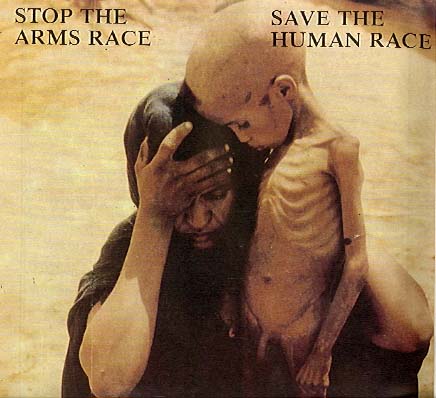
| Year | U.S. | Russia | U.K. | France | China | Total |
|---|---|---|---|---|---|---|
| 1945 | 6 | 0 | 0 | 0 | 0 | 6 |
| 1949 | 235 | 1 | 0 | 0 | 0 | 236 |
| 1950 | 369 | 5 | 0 | 0 | 0 | 374 |
| 1960 | 20,434 | 1,605 | 30 | 0 | 0 | 22,069 |
| 1970 | 26,492 | 11,643 | 280 | 36 | 75 | 38,526 |
| 1980 | 23,916 | 30,062 | 350 | 250 | 280 | 54,858 |
| 1985 | 23,510 | 39,197 | 300 | 360 | 425 | 63,792 |
| 1986* | 23,410 | 45,000 | 300 | 355 | 425 | 69,490** |
| 1990* | 21,781 | 37,000 | 300 | 505 | 435 | 60,021 |
| 1994* | 15,456 | 29,000 | 250 | 485 | 435 | 45,626 |
| 1995* | 14,111 | 27,000 | 300 | 485 | 425 | 42,321 |
| 1996* | 12,937 | 25,000 | 260 | 450 | 400 | 39,047 |
| 1997* | 12,000 | 23,000 | 260 | 450 | 400 | 36,110 |
* These warheads include those in active, operational forces; retired, non-deployed warheads awaiting dismantlement; and weapons in reserve. For recent years the estimate for the former Soviet Union/Russia is 50% active, 50% retired/reserve.
** Height of the Second Cold War under Ronald Reagan.
In addition, Israel is believed to have about 200 fission/boosted fission weapons. India is estimated to have stockpiled enough plutonium for 60 to 150 weapons. Pakistan has enough highly enriched uranium for 12 to 40 weapons.